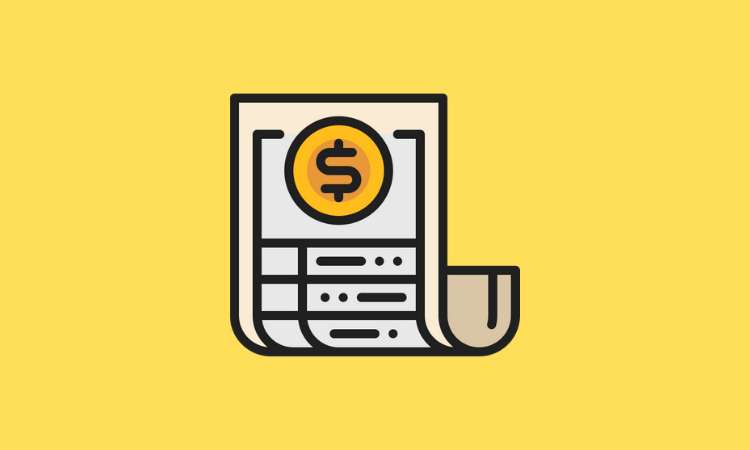Member Exclusive
With use of digital receipts on the rise, their potential for consumer insight is grabbing attention
- Covid-19 is accelerating the spread of digital receipts.
- And with the increase of digital receipts comes the increase of consumer data. Financial institutions and big tech want in.








